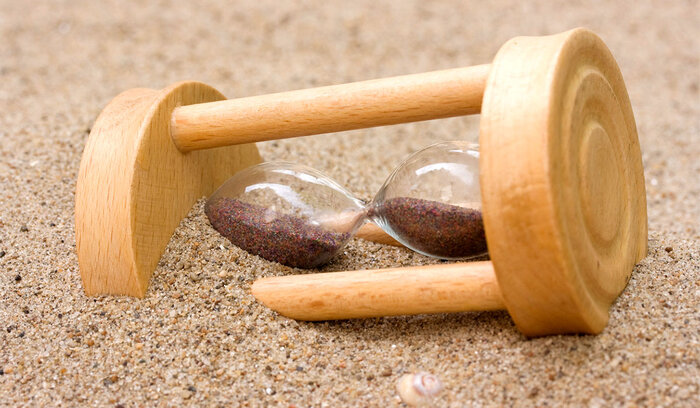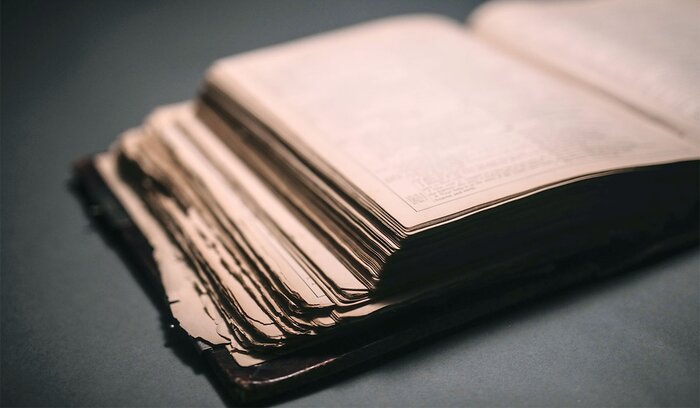
Clepsydra
[KLEP-si-drə]
Part of speech: noun
Origin: Latin, 17th century
1.
An ancient time-measuring device worked by a flow of water.
Examples of Clepsydra in a sentence
"One form of clepsydra marks passing time with water flowing into it, while another type keeps time by letting water flow out."
"The oldest evidence of a clepsydra dates back to the reign of Egypt’s Amenhotep III."
About Clepsydra
“Clepsydra” is a loanword from Latin based on the ancient Greek “κλεψύδρα,” or “klepsúdra,” meaning “water thief.”
Did you Know?
The water clock, or “clepsydra,” is one of the oldest means of marking time. As early as the 16th century BCE, Egyptian, Babylonian, and Persian societies used water clocks that measured time by either slowly filling a receptacle with water, or beginning with a full container of water and letting it drain out. The earliest known water clocks, found in Egypt, were stone basins with a tiny hole in the bottom that allowed the water to escape slowly but consistently. Markings inside the basins of these early clepsydras counted the time. As Greek, Roman, and Chinese technology developed upon the basic outflow-style clepsydras, they were replaced by inflow clocks, which gradually filled with water from a reservoir.








